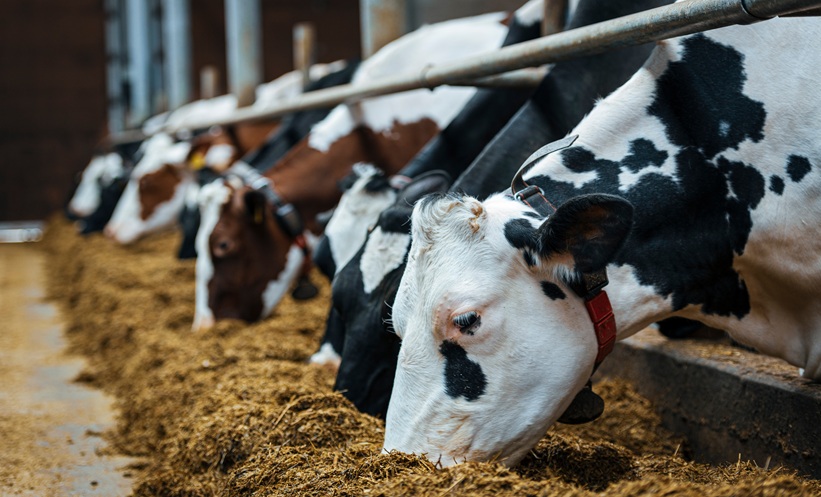IN a critical development for infectious disease experts and healthcare providers across the United States, a new study confirms the emergence of highly pathogenic avian influenza (HPAI) H5N1 in dairy cattle. The 2024 outbreak, which spread across multiple U.S. states, marks an unprecedented shift in the behavior of zoonotic influenza viruses. Once limited to avian species with only occasional mammalian infections, H5N1 has now shown adaptation to bovine hosts, posing pressing concerns for public health, food safety, and pandemic preparedness.
Researchers found that the virus, belonging to clade 2.3.4.4b, displays a strong affinity for mammary tissue, with unusually high viral loads detected in raw milk. Genomic sequencing identified mutations that increase the virus’s ability to bind to mammalian receptors and spread systemically. Viral RNA has been isolated from unpasteurized milk, although standard pasteurization effectively inactivates the pathogen.
The outbreak is believed to have originated from contact with infected wild birds or contaminated fomites, followed by localized transmission within herds. To date, 41 human cases linked to affected dairy operations have been confirmed. While there is still low evidence of human-to-human transmission, the zoonotic potential cannot be ignored.
In addition to significant public health implications, the outbreak has caused major economic losses due to reduced milk production and international trade restrictions on dairy exports. Experts warn this event exposes serious vulnerabilities in surveillance systems and biosecurity infrastructure.
The authors call for a robust One Health approach, recommending enhanced surveillance, strict on-farm biosecurity, better occupational safety protocols, and targeted investments in diagnostic tools and vaccine development. Strengthening interdisciplinary collaboration across veterinary, public health, and environmental sectors is now essential to mitigate the risk of future zoonotic spillovers.
Reference:
Kamel M et al. The emergence of highly pathogenic avian influenza H5N1 in dairy cattle: implications for public health, animal health, and pandemic preparedness. Eur J Clin Microbiol Infect Dis. 2025. doi: 10.1007/s10096-025-05147-z.








